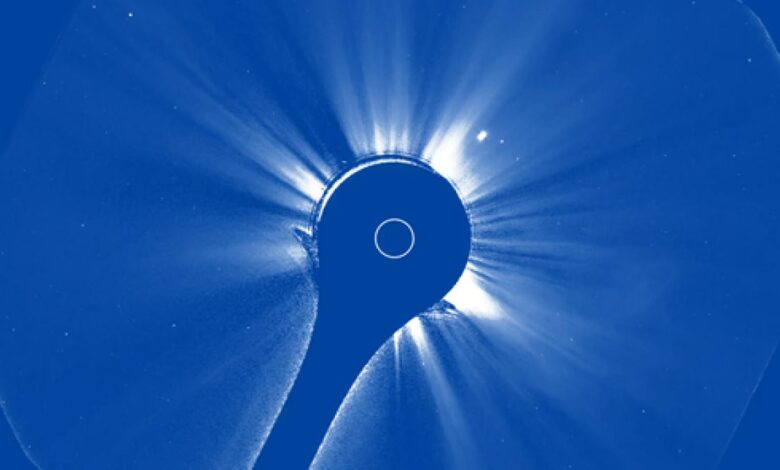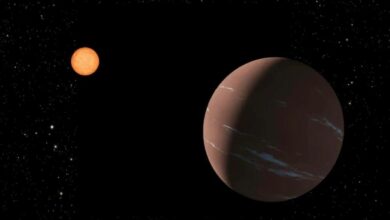New Solar Telescope Reveals Amazing Images of Solar Outbursts!

The National Oceanic and Atmospheric Administration (NOAA) has released images from its newest solar telescope, the Compact Coronagraph (CCOR-1). Launched last summer with the GOES-19 weather satellite, CCOR-1 has already provided a detailed view of charged particles exploding from the Sun’s corona, demonstrating its ability to capture high-energy events on the Sun. This telescope, placed aboard the GOES-19 satellite, will help NOAA monitor solar activity as the sun approaches the peak of its eleven-year cycle, expected in 2025.
Revealing the activity of Corona
NOAA’s images, released on October 22, highlight the power of the CCOR-1 telescope. This coronagraph blocks intense sunlight from the Sun’s central disk, allowing scientists to observe the corona – the outermost layer of the Sun – where extreme solar activity occurs. The telescope’s design allows researchers to watch streams of solar plasma radiate outward, providing insight into coronal mass ejections (CMEs) and other events crucial to understanding the Sun’s behavior.
Impact of solar eruptions on Earth
These intense CMEs, driven at speeds ranging from hundreds to thousands of kilometers per second, pose significant risks to satellites, astronauts and even terrestrial technology. Earth’s magnetic field provides some protection, but powerful solar eruptions can disrupt aviation communications, disrupt power grids and create vibrant auroras. When we observe these solar storms in real time, NOAA can better predict potential impacts, protecting infrastructure and ensuring rapid responses to solar disruptions.
The role of GOES-19 in space weather monitoring
The GOES-19 satellite is located 36,236 miles above the equator and orbits in sync with the Earth’s rotation, allowing constant observation of the same geographic area. While the satellite is still undergoing final testing and calibrations, NOAA plans to activate its full capabilities in the spring of 2025, just ahead of the Sun’s expected peak of activity in July 2025. Through CCOR-1, NOAA’s mission to study the dynamic observe and understand the Sun’s corona and improve space weather forecasts, benefiting several sectors that rely on space technology.




